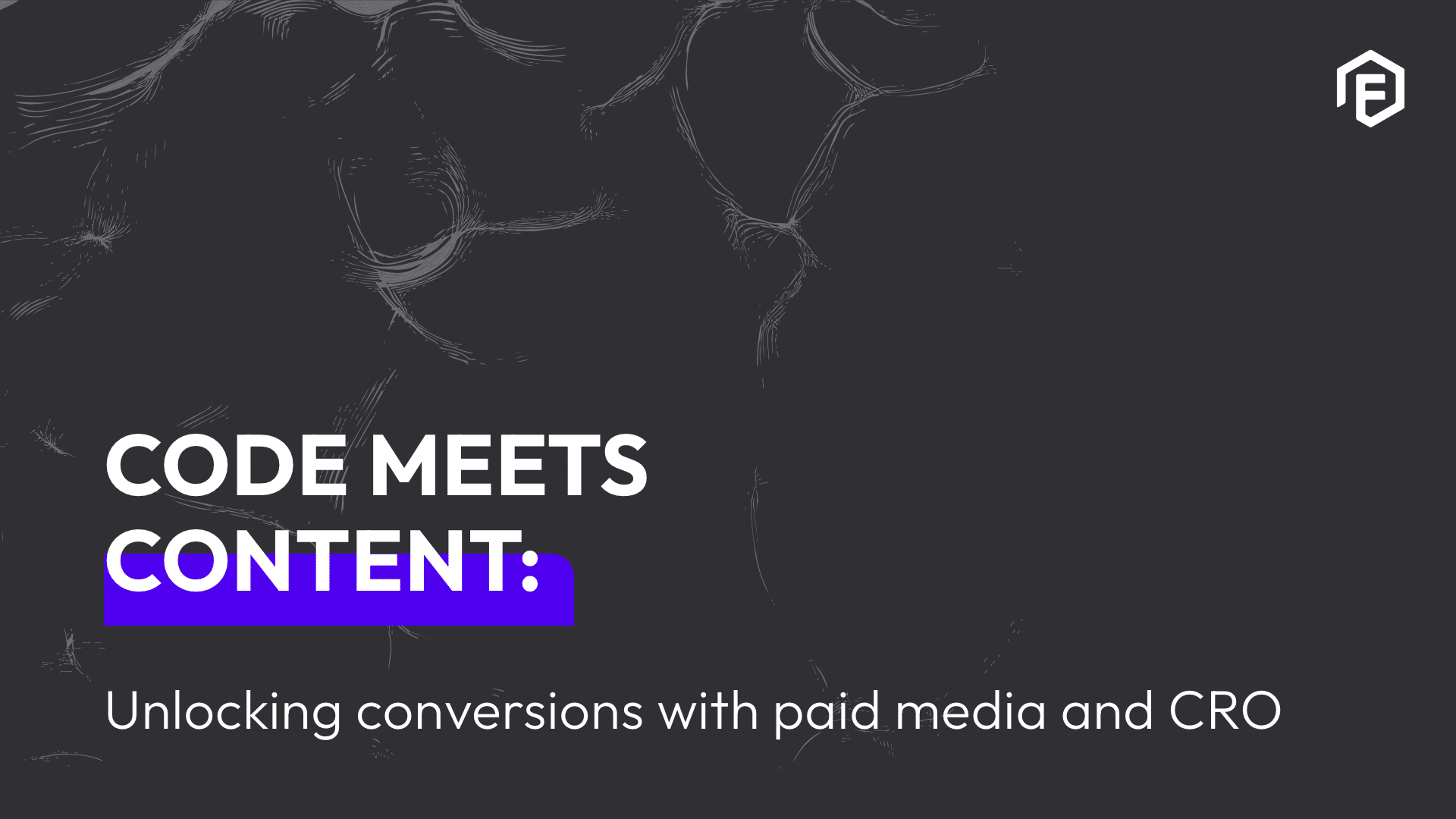The Covid pandemic has been profoundly impactful on a global scale. We have experienced much uncertainty and continual upheavals, impacting businesses and staff culture.
The pandemic resulted in isolation from others. People need people. Businesses need motivated and engaged people. Engaged and happy employees are extremely important for the survival and performance of any organisation.
How do you create a business culture that attracts top talent and keeps existing employees engaged in the business, whether working remotely, or at the office, or if your business uses a hybrid model?
A process should be followed by taking a critical look at what your culture is like now, and the elements that should be included in making your organisation the best it can possibly be.
Evaluation
Organisational culture is a very powerful business driver. It’s vital to evaluate your current culture.
This process should include evaluation of your onboarding process, staff incentives, staff interactions, and how you are currency driving company culture, how comfortable the office environment is, and if staff are working remotely, do they have all the necessary tools enabling them to work effectively.
Part of the evaluation process can include interviewing staff or conducting anonymous surveys to determine what staff like and dislike about the current culture.
The evaluation process should be ongoing.
First Impressions
First impressions count. It is essential to evaluate the recruitment process from the moment a candidate encounters your business leading up to the first interview, during the interview process, and beyond.
Once a candidate has been successfully selected and accepts your offer, you should ensure the process is a smooth and enjoyable one for the new recruit.
A well thought through Induction training programme and onboarding process is essential to set off on the right path for a new employee. It shows the new employee that your business desires to set them up for success. It is the warm welcome that every new employee needs.
Research has shown that 62% of companies with a structured onboarding program see faster time-to-productivity. Many HR professionals believe onboarding should take at least 3 months and research suggests that companies can increase employee retention by extending onboarding to the employee’s first year.
Restricting training to the first week or month can lead to the new employee feeling overwhelmed by the amount of new information. A better approach, therefore, is to break the training up into bite-sized pieces as much as possible.
Poor onboarding is a major factor in causing new employees to leave a company.
An effective onboarding process will expose new employees to the attitudes and behaviours of a company and its employees.
Staff Retention
Employees who believe that management is concerned about them as a whole person — not just an employee — are more productive, more satisfied, more fulfilled. Satisfied employees mean satisfied customers, which leads to profitability. Anne M. Mulcahy, CEO of Xerox
Staff wellness is an essential part of a business. High absenteeism has a significant impact on productivity and therefore staff wellness should be a focus area. Elements of this can include factors such as managers and staff members being encouraged to keep a lookout for staff displaying signs of burnout, stress and anxiety. Health should be promoted by means of encouraging staff to exercise. While at work they should take regular, short breaks throughout the day. When an employee does not take a breather they will lose focus and attention. We can’t keep staring at a computer screen, and try to remain mentally focused while hoping deep down to remain on top form throughout the day. Psychological detachment, a phrase devised by Sabine Sonnentag, is the process of “switching off” from work mode to let your brain and body relax and recover from your job’s stressful demands.
Work/life balance: According to Safe Work SA, work-life balance “describes the relationship between your work and the commitments in the rest of your life, and how they impact on one another”.
Having a healthy work-life balance can improve your employee’s productivity, and ultimately performance. When employees are overworked and stressed, their health will suffer. A study conducted by UCL of more than 10,000 participants stated that white-collar workers who worked three or more hours longer than required had 60% higher risk of a heart-related problem than those who didn’t work overtime.
Every employee has a part to play in the success of a business. They have entered the business with some degree of experience and it is important for leaders to spot opportunities to involve their employees in making decisions. It is important to foster the lines of communication throughout an organization as this will allow employees, at all levels of the organization, to put ideas forward. An engaged employee is an asset.
Foster cohesion between teams, across departments, and throughout the organisation. If this becomes part of company culture it can promote innovation. Working in a team leads to more creative and innovative solutions.
Growth and development opportunities made available to all employees are critical aspects of organisational culture. Learning and development must be encouraged, and opportunities for further study or less formal training within the business should be encouraged and promoted.
A mentorship programme should be in place in the business. Mentorship is a relationship between two people where the individual with more experience, knowledge, and connections is able to pass along what they have learned to a more junior individual. Recognition should form part of organisational culture. Staff should receive recognition for outstanding service, going above and beyond. In addition to this, staff should be recognised for long service. The typical employee stays at a job for just over four years, according to a 2018 study from the Bureau of Labor Statistics. It is important that management show appreciation to loyal staff. The cost of recruitment and hiring can be substantially reduced by staff retention and therefore long service should be rewarded and encouraged.
The impact of a great company culture
Satisfied, engaged employees go above and beyond what is required of them because they are invested in the work they are doing.
Research shows that engaged employees are 17% more productive than their colleagues. Engaged employees are more likely to go beyond what is required of them. It is a supercharger to productivity and innovation.
Find out more about the digital marketing industry here.
Here at Flume, our clients come first. We offer various services, including web, app, platform production, SEO, Data Analytics, digital strategy, creative production, and publishing. Whether you need to revamp your website or create engaging social media content, Flume has the expertise to make it happen. So why wait? Contact us today to learn how Flume can help your business thrive in the digital world!



